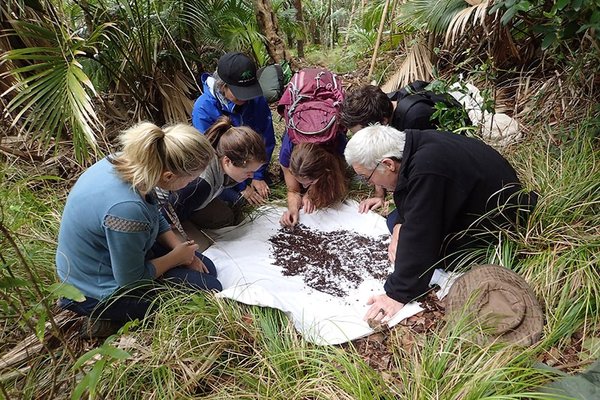DigiVol: Supporting scientific research at the Australian Museum
The DigiVol blog series features stories about our Volunteer Digitisation program that includes the DigiVol Lab and DigiVol Online.
DigiVol volunteers help to advance science by digitising collections in preparation for study by researchers.
Last year, the DigiVol Lab’s team of volunteers was asked to digitise the Museum’s collection of 5,300 Australian Syrphids (ie hover flies) so as to streamline planned taxonomic work in Entomology by Andrew Young and Sebastian Nmek, a Canadian PhD student and technical officer.
Jacquie Recsei, from Entomology was enthusiastic about the achievement remarking that ‘This project is a very good example of how we prefer to curate with an end point in mind, as there are limited resources. DigiVol played an important part in this process as they were able to prioritise our job request to complete the digitisation of the flies prior to the students arrival. We are very excited as the students have discovered 35 new species within the unidentified part of the collection which will be described as part of the PhD.’
The DigiVol team are now digitising 6,480 Chloropids (ie Fruit flies) in preparation for being studied and identified to genera by Barbara Schultern and John Ismay from Oxford University.
DigiVol is now working on the historical E.N. Drier collection (3000 ‘lots’) which was recently repatriated from the Museum of Vancouver and funded by the Museum Foundation. When the digitisation job is finished, the Drier specimens will be incorporated into the Malacology Collection ready for study by researchers in the future.











